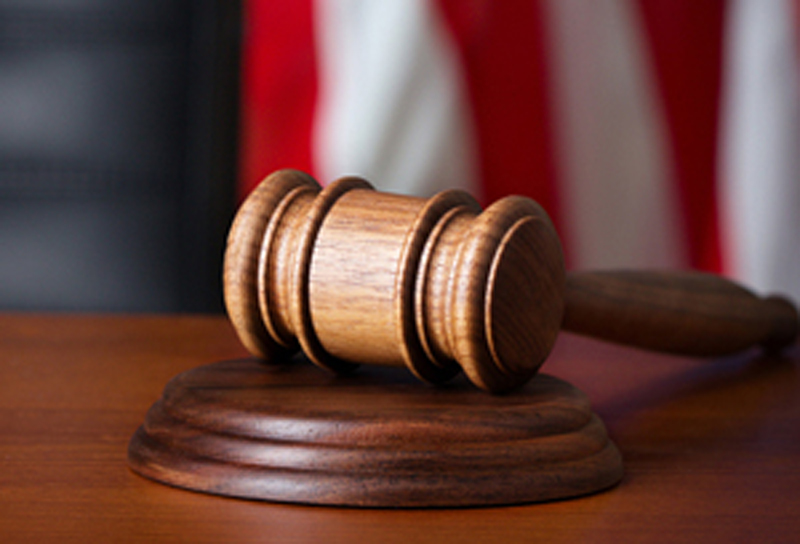As legislatures return to governing in the wake of the COVID-19 pandemic, the focus of their work will clearly change in response to a changing world. In terms of employment and labor policy, all levels of government have begun considering expansion of worker benefits and protections that will have lasting impact long after the pandemic subsides. Here are some proposals that have already emerged, according to MultiState Associates, a government relations firm based in Alexandria, Va.:
Unemployment Insurance
As the country faces the worst levels of unemployment since the Great Depression, every state has acted to modify its unemployment insurance programs in a variety of ways, including:
- Expanding benefits.
- Waiving the “waiting week” to receive benefits.
- Waiving work search requirements.
- Authorizing work share programs, which allow underemployed individuals to collect UI benefits.
- Providing benefits to quarantined workers.
- Ensuring that employers’ UI experience ratings are not charged for COVID-19 related layoffs.
The most expansive changes have come from the federal level. Congress passed the CARES Act in March, which includes an additional $600 per week in benefits to unemployed individuals for up to four months, along with up to an additional 13 weeks of benefits when state benefits are no longer available, through December 31, 2020. It also provides federal funding for states that have short-time or shared work programs that allow employees who are underemployed or experiencing reduced hours to collect UI benefits.
Now that benefits have been expanded to different categories of workers, it may be difficult to roll back these protections or argue against permanently expanding them in the future.
Paid Sick Leave
Lawmakers across the country are likely to promote both paid sick and family leave programs as a result of the pandemic.
At the beginning of the outbreak, Congress quickly passed legislation requiring employers with fewer than 500 employees to provide employees with two weeks of paid sick leave for quarantined employees or those who are experiencing COVID-19 symptoms or seeking a medical diagnosis. The federal legislation also provides two weeks of partial paid sick leave when an employee is caring for a sick family member or a child whose school or child-care provider is closed. Workers employed for more than 30 days may also receive an additional 10 weeks of paid family and medical leave to care for a child whose school or child care provider has closed due to a public health emergency.
Thus far, state lawmakers have mostly engaged on this issue by expanding existing laws to provide additional benefits to employees. New Jersey has enacted legislation to allow the use of temporary disability insurance or family leave insurance for a “serious health condition,” which includes illnesses caused by an epidemic of a communicable disease, and to allow the use of family leave in the case of suspected exposure to a communicable disease.
In addition, New York lawmakers enacted legislation to provide varying amounts of paid sick leave based on the size of an employer to employees who are subject to a mandatory or precautionary order of quarantine related to COVID-19. The Colorado Department of Labor also issued emergency rules providing two weeks of paid sick leave at two-thirds pay to employees in certain industries who are being tested for COVID-19 or required to quarantine or isolate.
Currently, 14 states have mandatory paid sick leave laws.
Workers’ Compensation
Most recently, state lawmakers and governors have amended workers’ compensation laws to cover workers directly involved with combating the spread of COVID-19. In states where lawmakers have expanded workers’ compensation laws, certain essential workers are now eligible to receive claims for presumably contracting the COVID-19 on the job.
Minnesota Governor Tim Waltz signed the first piece of legislation expanding workers’ compensation coverage, though several other states have expanded coverage since then. The Illinois Workers’ Compensation Commission also issued emergency amendments, which were subsequently repealed, that created a rebuttable presumption that exposure to COVID-19 arose during the course of employment for first responders and front-line workers, shifting the burden of proof in these cases to employers.
Expanding Worker Protections
Several new policy trends are emerging that would expand worker protections. Legislation introduced in New York would establish an “essential workers’ bill of rights,” requiring that employers provide employees with personal protective equipment and inform workers of exposure to disease. The legislation would also require employers to provide essential employees with hazard payments. Legislation in Massachusetts and Minnesota would also require hazard pay for essential employees.
Also, lawmakers in Minnesota and New Jersey have introduced bills to mandate specific employee social distancing and sanitation procedures in the workplace. As states begin to reopen their economies, expect to see similar proposals across the country.












